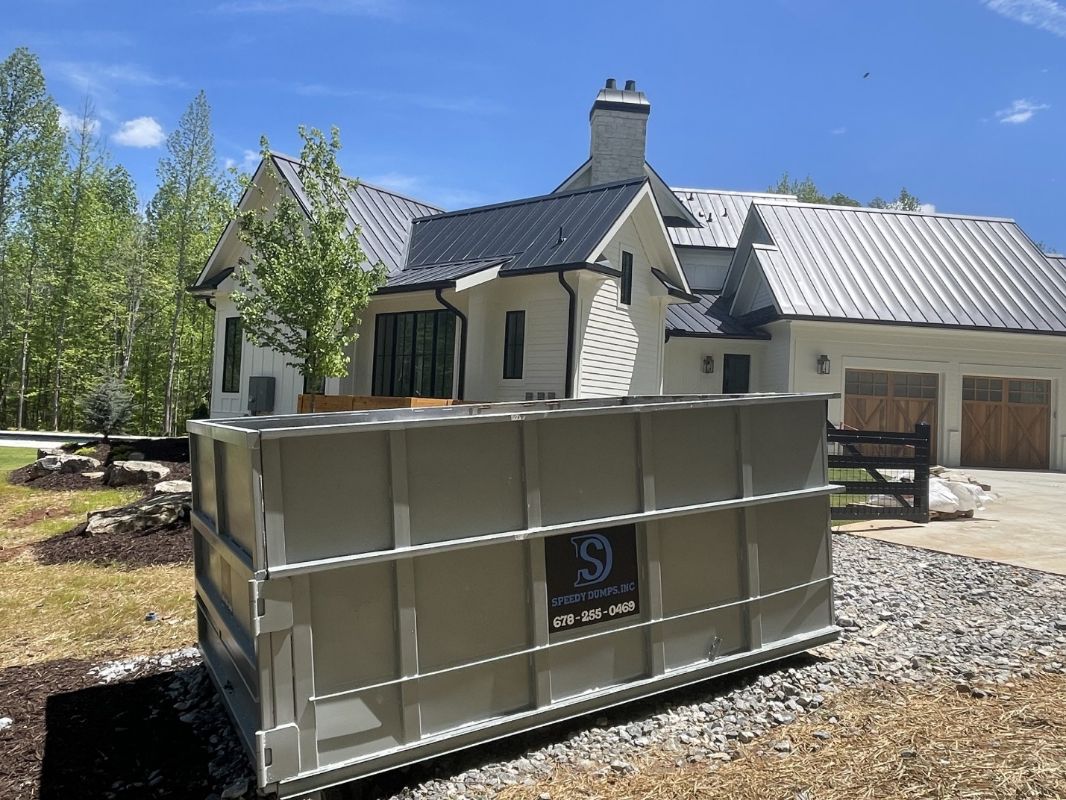Renovating your home or tackling significant landscaping projects can create an overwhelming amount of waste. If you’ve ever been in such a situation, you know that disposing of the debris can be time-consuming and inconvenient. The most effective solution to handle this waste management crisis is by renting a dumpster for prompt removal. In this ultimate guide, we’ll walk you through everything you need to know about renting a dumpster, ensuring a hassle-free experience and proper waste disposal.
Understand the Available Dumpster Sizes
Before you seek a service provider, you must first understand the various dumpster sizes available for rental. The size of the dumpster you need will depend on the scope and nature of your project. Common sizes include:
- 10-yard dumpsters: Ideal for small projects such as garage cleanouts and minor landscaping jobs with easy access. These dumpsters can hold roughly three pickup truckloads of debris.
- 20-yard dumpsters: Suitable for mid-sized projects such as kitchen or bathroom renovations, these dumpsters can hold roughly six pickup truck loads of debris.
- 30-yard dumpsters: Perfect for large construction projects such as home additions, these dumpsters can hold about nine pickup truck loads of debris.
It’s always better to rent a slightly larger dumpster than required so you don’t run out of space or exceed weight limits during disposal.
Determine the Type of Waste Allowed
Different dumpster rental services have restrictions regarding the kind of waste they accept. Typical waste types allowed include household waste, yard waste, and construction debris. However, hazardous materials, flammable liquids, and other potentially dangerous items might not be allowed. Reach out to a reliable service provider for 10 yard dumpster rental in Cumming for more information about their waste restrictions. And be sure to clarify the type of waste you intend to throw away with your service provider.
Secure Necessary Permits
In some cases, renting a dumpster may require obtaining a permit from your local municipality. This requirement primarily applies when you plan to place the rented dumpster on public property, such as a street or sidewalk. Check your local regulations to ensure you follow the proper procedures and obtain any necessary permits in a timely manner.
Be Prepared for Delivery
It’s essential to prepare the designated drop-off area for your rented dumpster before delivery. This preparation includes ensuring there is enough space for the dumpster, providing sturdy ground support, and clearing any obstructions. Additionally, it’s crucial to inform the rental company about any obstacles in the drop-off area, such as overhead power lines or trees, that may pose a challenge during the delivery process.
Stay Within Weight Limits
Each dumpster size has a specific weight limit determined by the rental company. Before starting your project, ensure you know the maximum weight allowed and monitor the accumulated debris to avoid overloading the dumpster. Exceeding weight limits can lead to additional fees, and it’s in your best interest to avoid these penalties.
To Sum Up
Renting a dumpster is an effective way to manage the waste generated from your renovation or landscaping projects. To ensure a smooth experience, understand the available dumpster sizes, know the type of waste allowed, secure necessary permits, prepare for delivery, and stay within weight limits. With this guide, you can make the process of renting a dumpster hassle-free and efficient. Good luck!







Comments